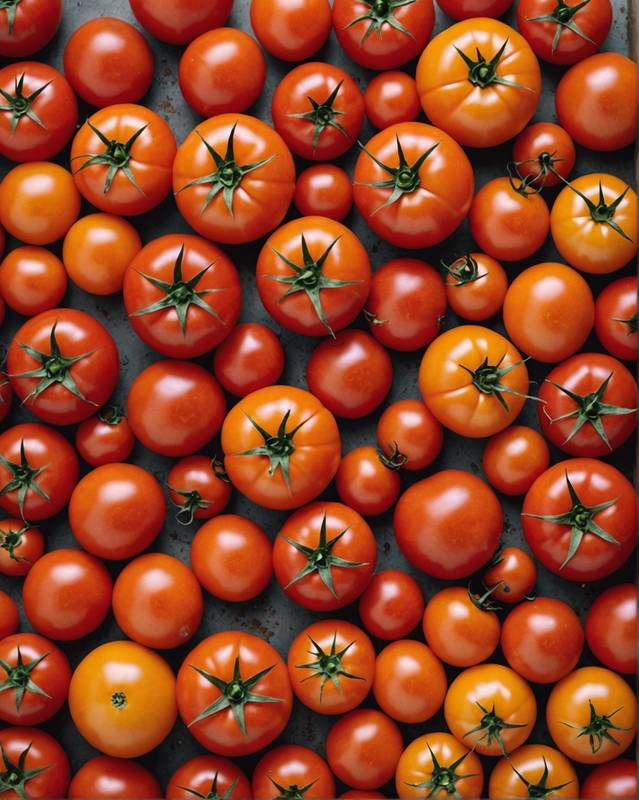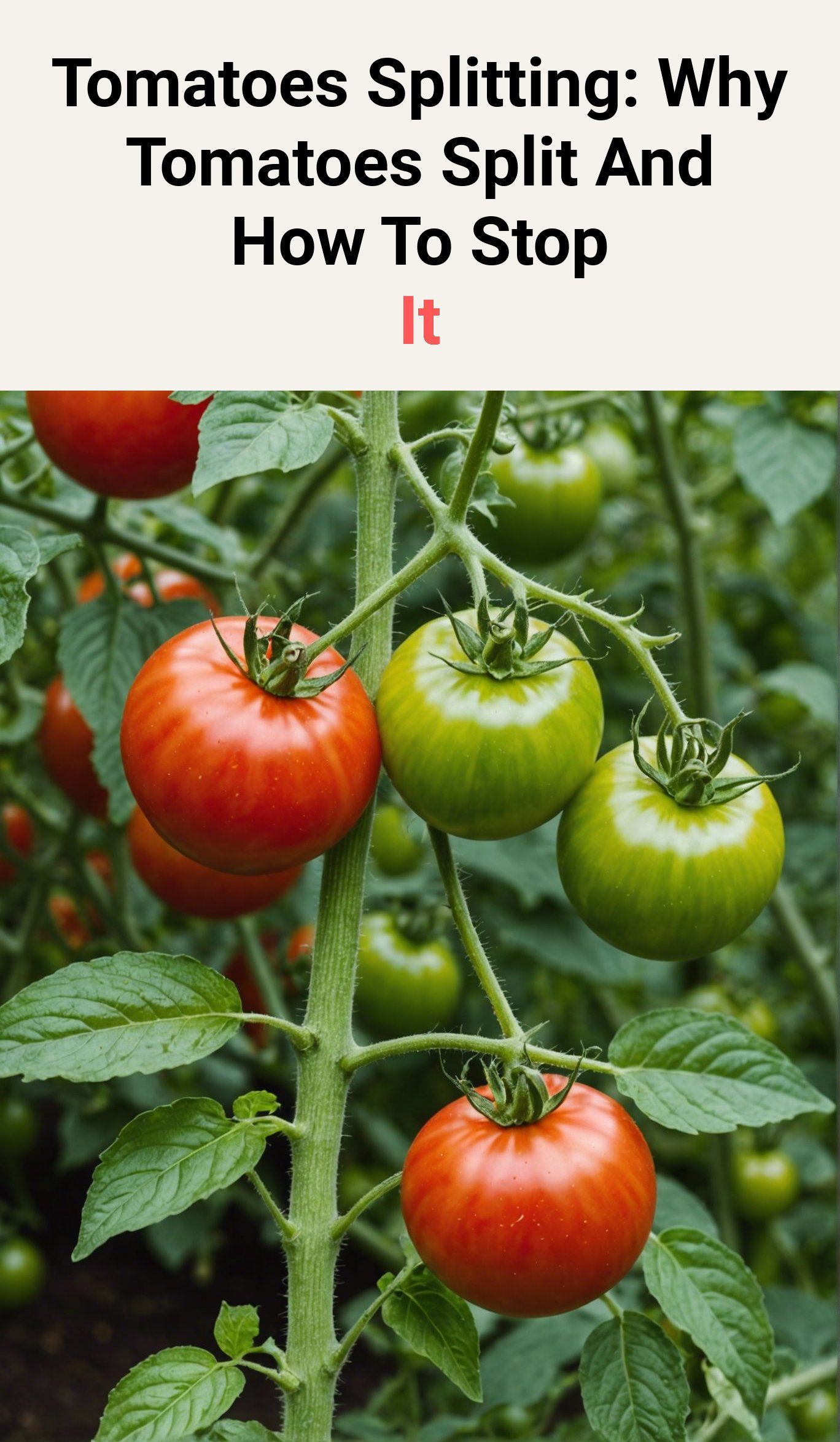Beautiful Plants For Your Interior
Beautiful Plants For Your Interior
Have you encountered the frustrating sight of your prized tomatoes bursting at the seams? Don’t despair! I’ll guide you through the causes behind tomato splitting and reveal proven techniques to effectively prevent this common gardening dilemma.
Join me as we delve into the solutions that will save your tomatoes and ensure a bountiful harvest.
| Why Tomatoes Split | How to Stop Tomatoes Splitting |
|---|---|
|
|
| Tips for Preventing Tomato Splitting | Varieties Resistant to Splitting |
|
|
Tomatoes split for a variety of reasons, including: Uneven watering: When tomato plants are watered irregularly, the fruit can grow too quickly and split.
The key is to water tomatoes deeply and regularly, especially during hot, dry weather.
Improper fertilization: Too much nitrogen fertilizer can cause tomatoes to grow too quickly and split.
To prevent this, fertilize tomato plants with a balanced fertilizer and avoid over-fertilizing.
Calcium deficiency: Calcium is essential for strong cell walls in tomatoes.
A lack of calcium can cause tomatoes to split, especially at the blossom end.
To prevent this, add calcium to the soil before planting tomatoes and fertilize them with a calcium-rich fertilizer throughout the growing season.
Diseases: Some diseases, such as blossom end rot, can cause tomatoes to split.
Blossom end rot is caused by a calcium deficiency and can be prevented by adding calcium to the soil and fertilizing tomatoes with a calcium-rich fertilizer.
Tomatoes can be finicky, and one of the most common problems is splitting.
This can be frustrating, especially if you’ve been carefully tending to your plants.
But there are simple steps you can take, which are: Even watering: One of the most important things you can do to prevent tomatoes from splitting is to water them evenly.
When the soil is too dry, the tomatoes will start to shrivel and split.
Make sure to water your tomato plants deeply and regularly, especially during hot, dry weather.
Avoid Overwatering: While consistent watering is essential, overwatering can also lead to splitting.
Soaking the soil can cause the tomatoes to absorb too much water, which can make them weak and more susceptible to splitting.
Water your tomatoes when the soil feels dry to the touch.
Mulching: Mulching around your tomato plants helps to retain moisture and keep the soil temperature consistent.
This can help to prevent the tomatoes from drying out and splitting.
Tomato splitting is a common problem that can occur when the fruits grow too quickly or absorb too much water. Fortunately, there are several things you can do to prevent it:

Certain tomato varieties possess a natural resistance to splitting, making them ideal for growers in areas prone to extreme weather conditions. These varieties include ‘Celebrity’, ‘Early Girl’, ‘Heatmaster’, ‘Juliet’, ‘Super Sweet 100’, and ‘Yellow Pear’.
These varieties feature thicker skins and firmer flesh, enabling them to withstand the pressure that causes splitting in other varieties.
